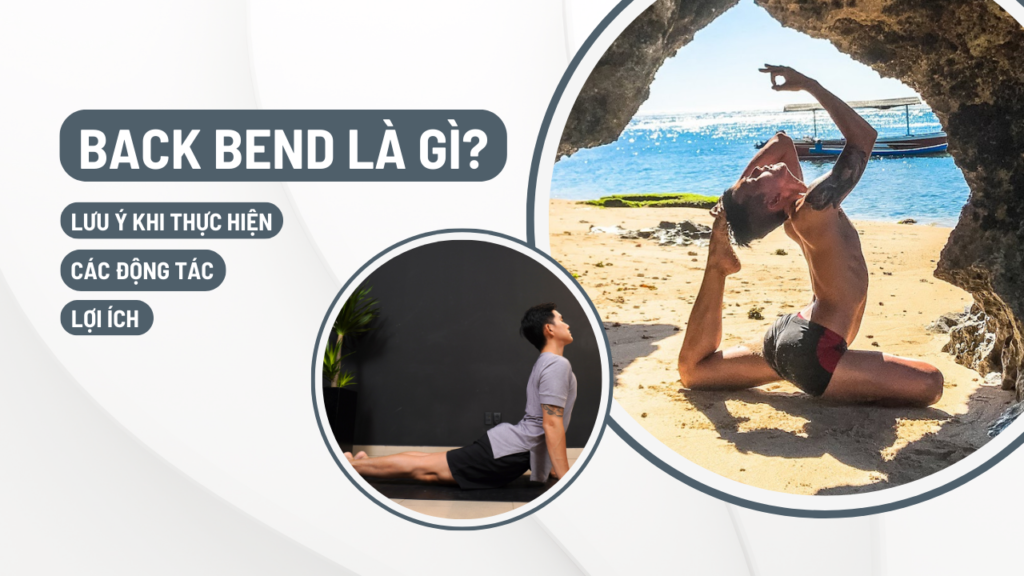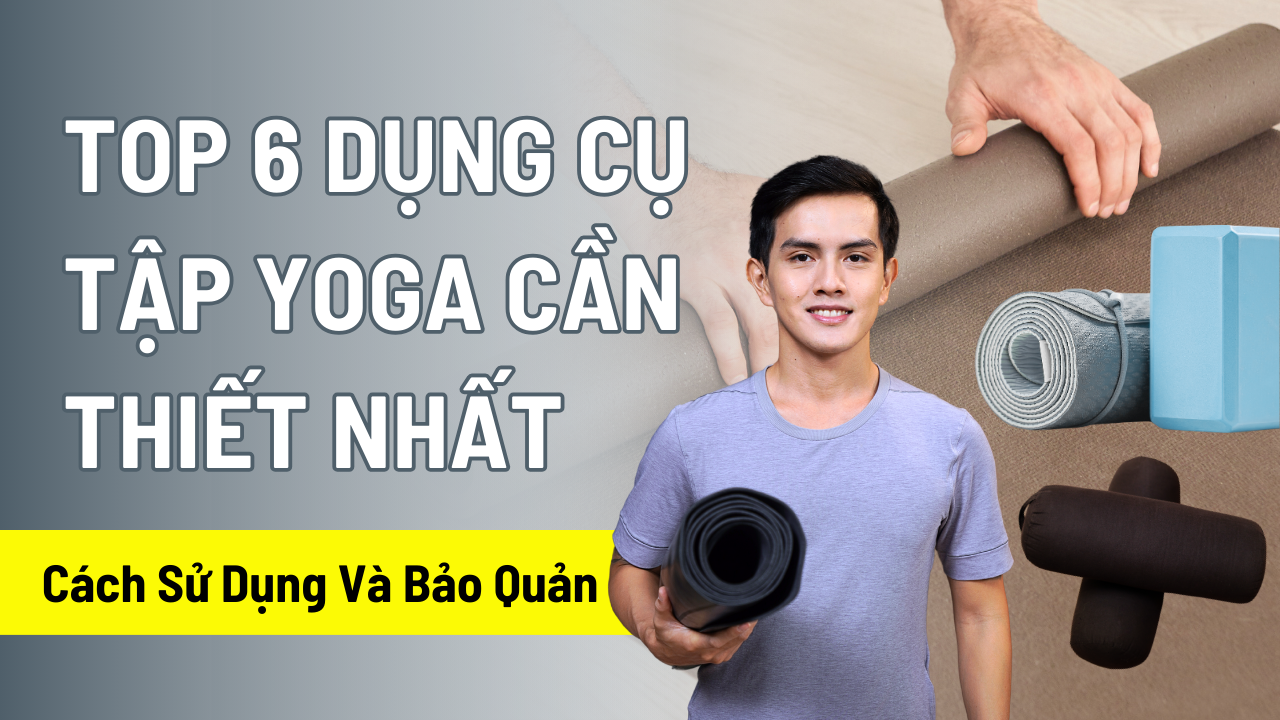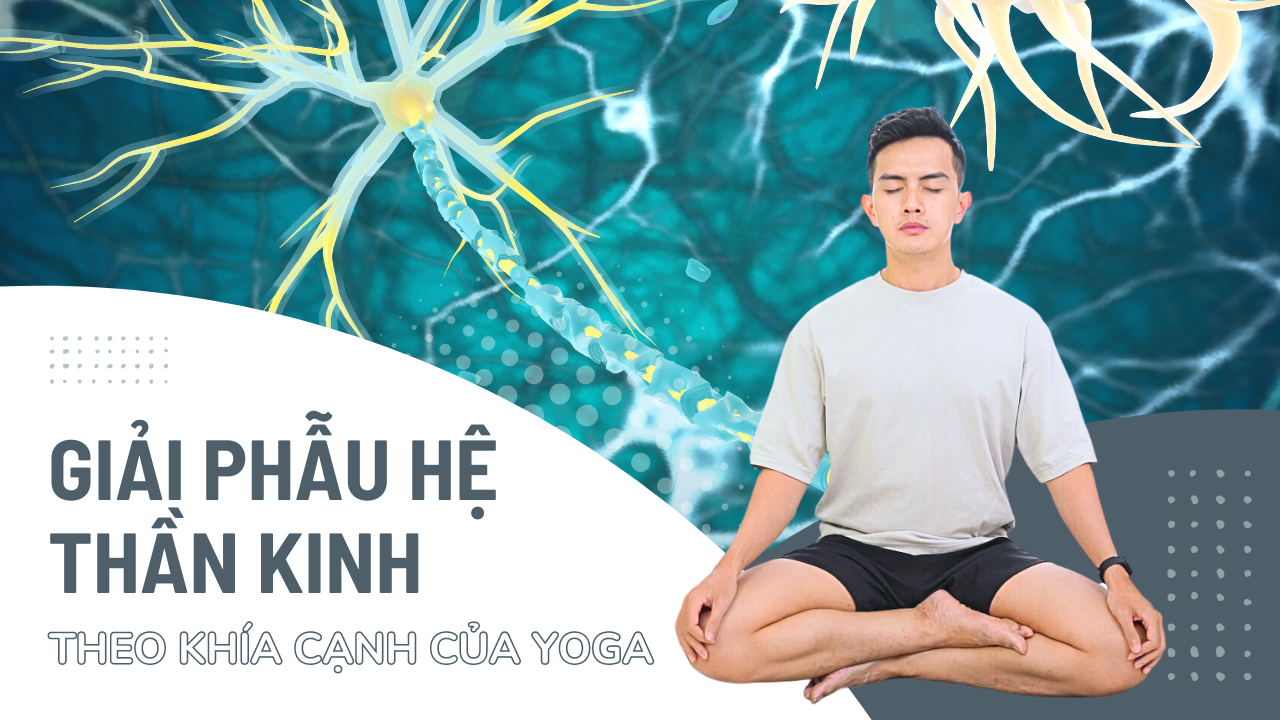Back bend is an indispensable part of yoga, performed by actively bending the spine backwards, creating a feeling of expansion in the front body. Not only does it help increase body flexibility, backbends also help improve posture, reduce stress, increase strength, and even support digestion.
However, to gain maximum benefits and avoid injury, practicing supination correctly is very important. This article will introduce in detail the concept of backbend movements, benefits when practicing, principles to keep in mind, as well as popular backbend positions at many different levels.
What is Back Bend Yoga Movement?
In yoga, “backbend” is the general term for positions that actively bend the spine backward. When done, the front body stretches open while the back muscles are stretched, forming a graceful arch. Backbends have many different levels, from simple chest opening movements to deep backbends for advanced practitioners. This is a great tool to increase flexibility and strength for the entire body, bringing a feeling of openness both physically and mentally.
Benefits of Practicing Back Bend Yoga Movements
Practicing backbends brings many benefits to the practitioner's physical and mental health. Here are some key benefits:
- Enhance flexibility: Direct backbends stretch the muscle groups in the front body including the chest, shoulders, abdomen and hip flexors. As a result, range of motion is improved, making the body more flexible.
- Improve posture: By strengthening the back, shoulder and chest muscles, regular backbends help counteract hunchback, encouraging a straight posture and open shoulders. This not only helps you look better but also reduces the risk of back pain.
- Reduce stress and fatigue: The act of expanding the chest and shoulders in a backbend helps neutralize the hunched back feeling often caused by stress. This physical release often brings a feeling of mental uplift.
- Strengthen: Many backbends recruit multiple muscle groups in the back, core, legs and arms. This helps increase strength and stability throughout the body.
- Stimulates the digestive system: Gentle backbend movements have a massage effect on internal organs, supporting the functioning of the digestive system more effectively.
Principles When Practicing Back Bend Movements
Despite its many benefits, practicing supination correctly is extremely important to avoid injury and maximize results. Keep these key principles in mind:
- Warm up thoroughly: Muscles that have not been warmed up are susceptible to muscle tension. Before exercising, you need to warm up with light cardio activities and dynamic stretching movements, especially focusing on areas affected by supination (hips, spine, shoulders). .
- Listen to your body: The feeling of doing backbends can be quite intense, respect your limits. It's better to hold a comfortably shallow position, rather than trying to force your body into a deeper position that comes with pain.
- Focus on technique: Correct body alignment is the core factor! Learn how to use the correct muscle groups and distribute the curvature of the spine evenly, instead of allowing the lower back to sag too much.
- Breath: Deep, conscious breathing relaxes, increases spinal mobility, and makes the experience more comfortable.
- Stop if you feel pain: Pain is a warning sign of the body. If you feel sharp pain in your back, neck or joints, gently exit the pose immediately.
Popular Back Bend Yoga Movements
Yoga has many backbend positions suitable for many different exercise levels. Here are a few common moves:
Backbend for beginners:
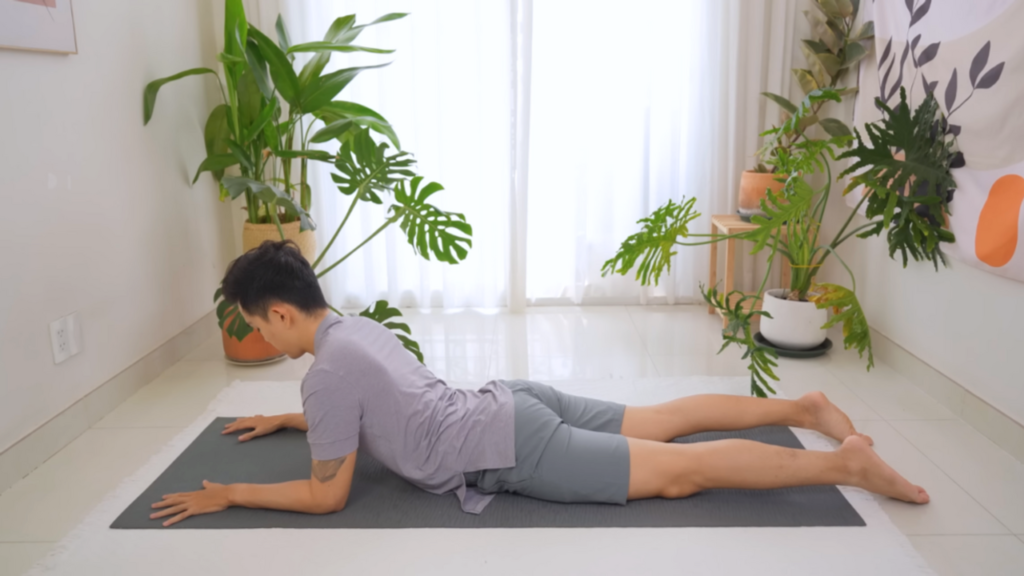
- Sphinx Pose: This is a pose similar to Upward Dog Pose where the chest is lifted while the abdomen remains on the floor.
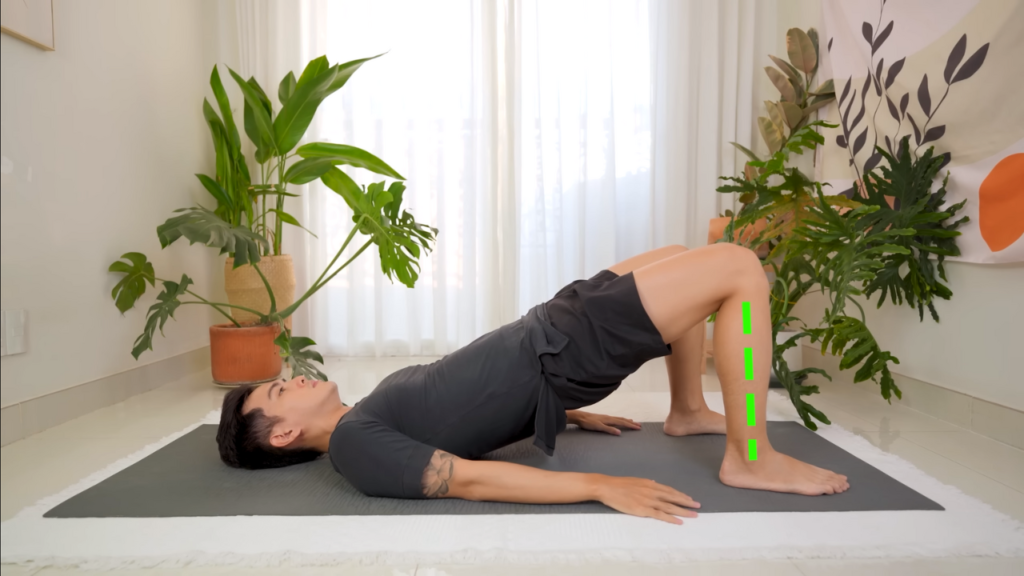
- Bridge Pose: Raise your hips high and widen your spine to form a moderate curve.
Intermediate level backbend:
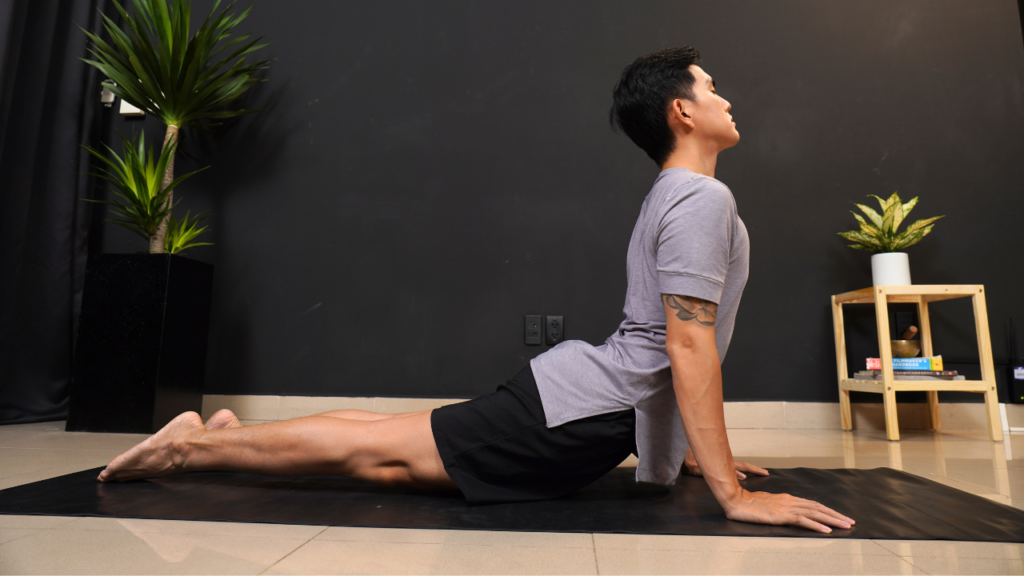
- Upward-Facing Dog Pose: Gentle backbend position, chest lifted while abdomen remains on the floor.
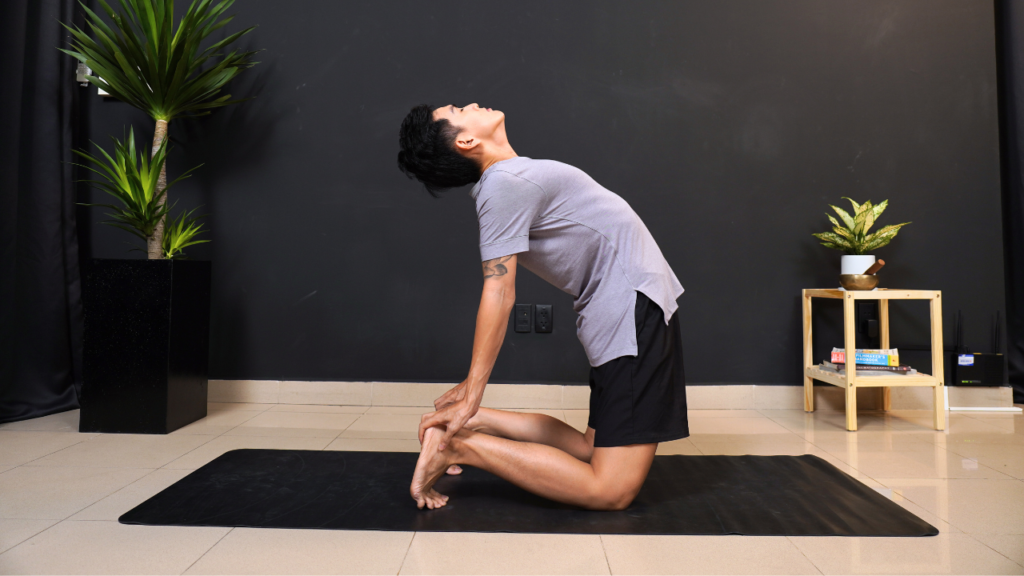
- Camel Yoga Pose: Bend your spine backwards, creating a curve from your neck to your hips
Backstroke for high level:
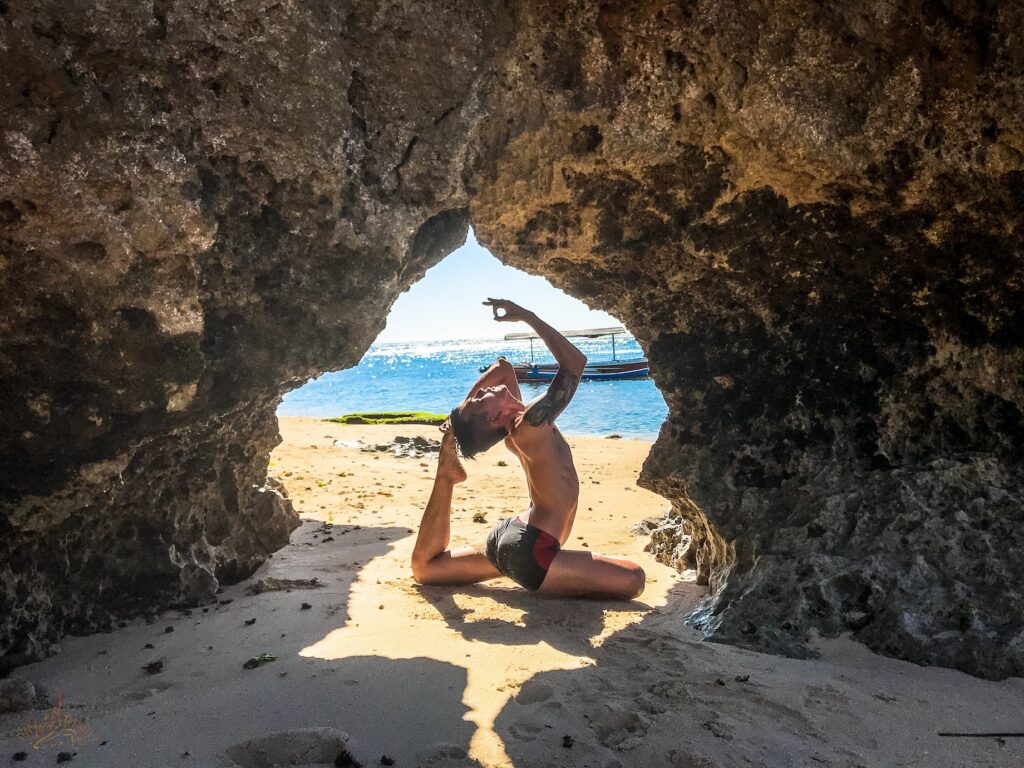
- King Pigeon Pose (Eka Pada Rajakapotasana): Stretches the quads and deeply flexes the spine.
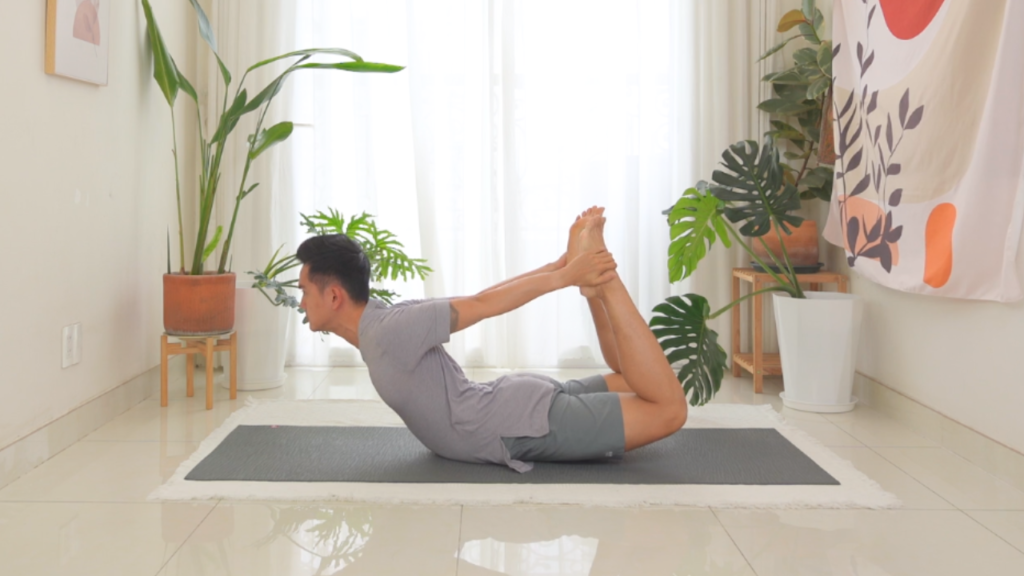
- Bow Pose (Dhanurasana): A powerful backbend that simulates a bow and arrow being stretched.
Notes When Performing Back Bend Movements In Yoga
While performing backbend movements, you need to keep in mind a few points to keep your body safe:
- Consult your doctor: Pronation is not suitable for everyone. Consult your doctor before exercising if you have pre-existing injuries or health problems with your spine, neck, or shoulders.
- Practice with instructors: Especially for beginners, guidance from a qualified yoga teacher is extremely valuable to practice backbends safely and effectively.
- Use support tools: Yoga pillows, straps, and blankets can support the pose if you need to adjust the difficulty.
- Progress slowly: Master the basic poses before moving up to higher levels. Trying to force yourself into deeper positions than possible can cause injury.
Nguyen hopes that the above sharing will be effective and useful in the process of learning back bend Yoga movements. Besides, there are also many articles about health and Yoga at Nguyen's blog, especially the channel Nguyen's Youtube There are many other useful exercises and movements, please follow and look forward to Nguyen!

